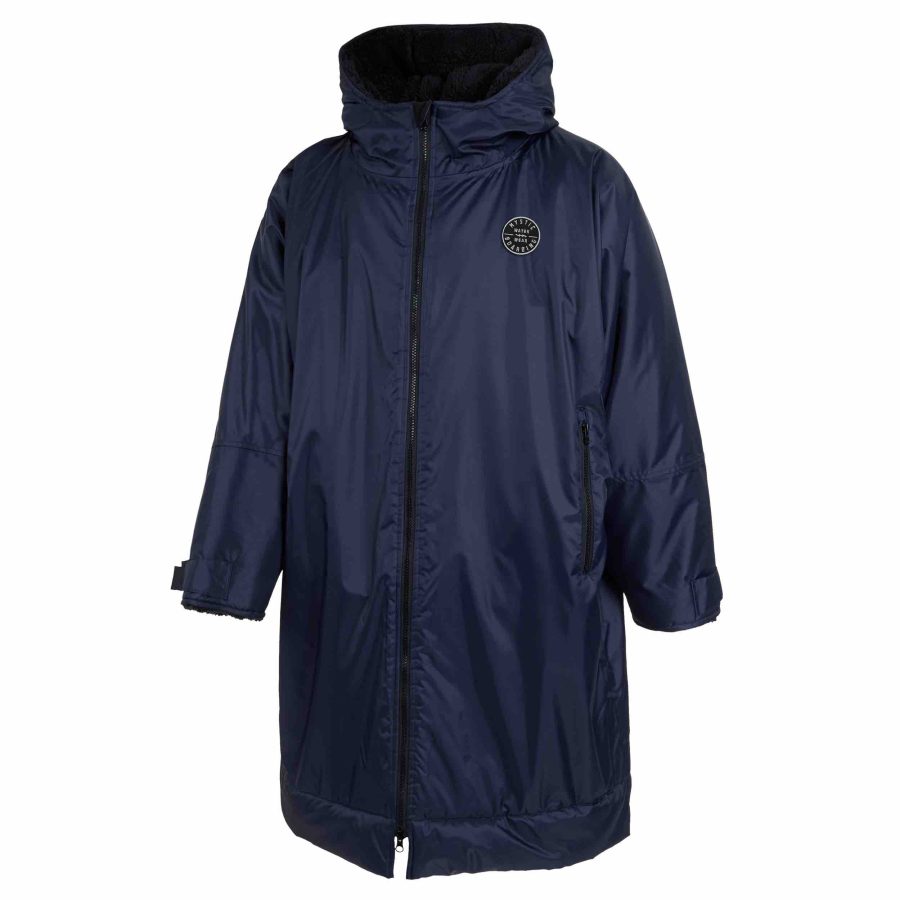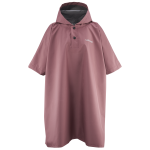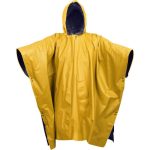Introduction
Water poncho – Rainy days need not dampen your spirits or your style quotient. With the right gear, you can brave the downpour while looking chic and feeling comfortable. Enter the waterproof poncho: a versatile, functional, and increasingly fashionable piece of outerwear that has evolved from its humble origins into a must-have accessory for outdoor enthusiasts and urban commuters alike. This ultimate guide to waterproof ponchos will help you navigate the world of these handy garments, covering everything from materials and designs to styling tips and buying considerations.
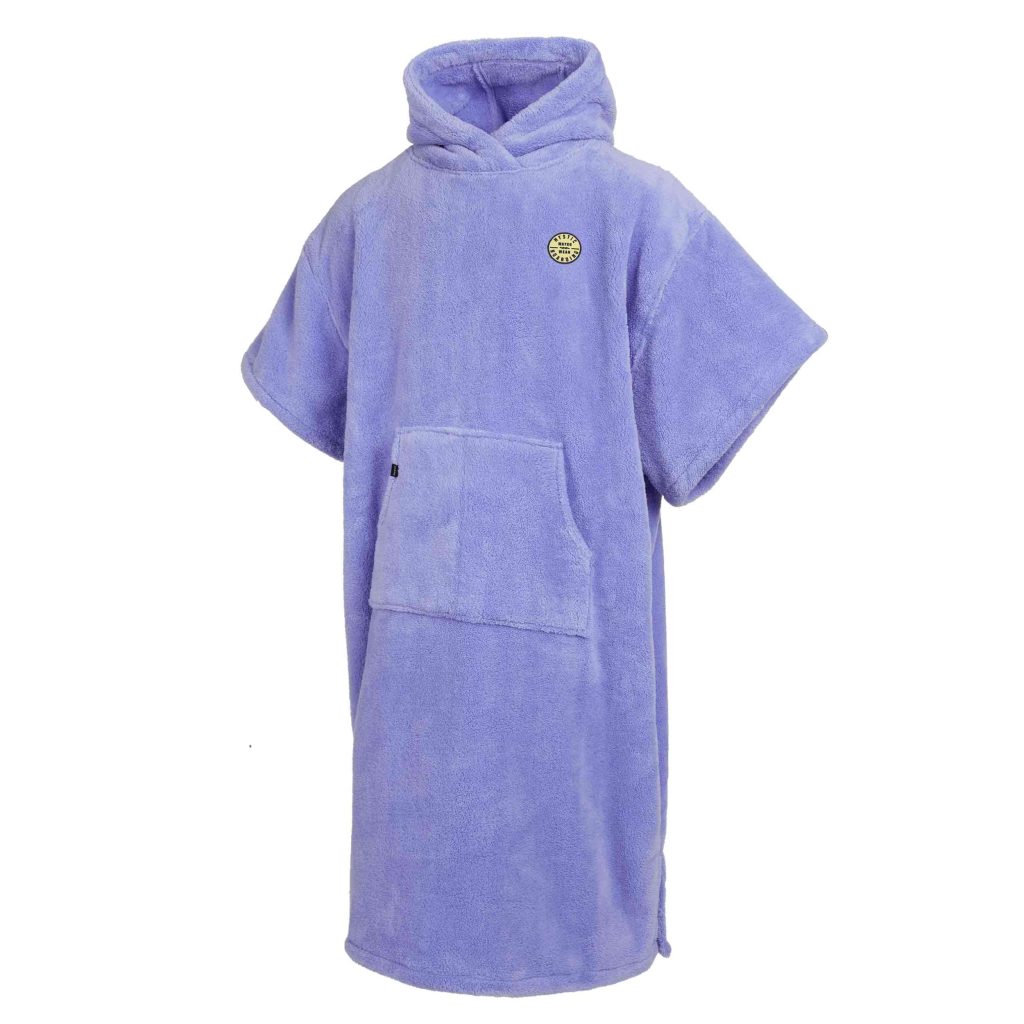
Understanding Waterproof Ponchos
A waterproof poncho is essentially a lightweight, one-size-fits-all garment designed to protect the wearer from rain. Unlike traditional raincoats, ponchos typically feature a loose, cape-like design that drapes over the body and often includes an attached hood. Their simplicity and ease of use make them a popular choice for various activities, including hiking, camping, music festivals, and everyday city life.
Materials Matters: Choosing the Right Fabric
- Polyester and Nylon: These synthetic fabrics are popular choices due to their water-resistant properties, durability, and quick-drying nature. They are also lightweight, making them ideal for packing and traveling.
- Gore-Tex® and Other High-Tech Fabrics: For premium performance, look for ponchos made with Gore-Tex or similar breathable, waterproof materials. These advanced fabrics offer superior protection while allowing sweat to escape, keeping you dry from both rain and perspiration.
- Eco-Friendly Options: Recycled polyester and other sustainable materials are becoming more prevalent, catering to environmentally conscious consumers who want to stay dry without compromising their values.
Designs and Features
- Basic vs. Advanced: Basic ponchos are simple, often a single layer of waterproof fabric with minimal features. Advanced models may include taped seams, adjustable hoods, ventilation zippers, pockets, and even convertible designs that transform into backpack covers or stuff into themselves for compact storage.
- Styles for Everyone: Ponchos now come in a range of styles to suit individual preferences, from minimalist and transparent for fashion-forward individuals to camouflaged patterns for hunters and outdoor adventurers.
Sizing and Fit
While most ponchos are designed to fit a wide range of body types, it’s essential to consider your intended use. Hikers might prefer a slightly longer length for better coverage when sitting or bending, whereas festival-goers might opt for a shorter, more stylish cut that doesn’t hinder movement.
Styling Tips for Rainy Days
- Layering: Ponchos work best when worn over light layers like t-shirts or sweaters. Consider the color and pattern of your inner layers to complement or contrast with your poncho for a stylish look.
- Accessories: Pair your poncho with waterproof boots or shoes and a matching hat to complete your rainy-day ensemble.
- Functional Fashion: Utilize features like drawstrings or toggles to adjust the fit, creating a more tailored silhouette if desired.
Buying Considerations
- Purpose: Determine the primary use of your poncho—commuting, hiking, travel, or fashion—and choose a design that caters to those needs.
- Budget: Prices can vary significantly based on materials, brand, and features. Set a budget and look for options that offer the best value for your intended use.
- Reviews and Recommendations: Read reviews from other users to gauge the performance and durability of different ponchos before making a purchase.
- Environmental Impact: If sustainability is important to you, seek out brands using eco-friendly materials and ethical manufacturing practices.

Why Choose a Waterproof Poncho?
a. Versatility:
- Waterproof ponchos are incredibly versatile. They can be worn over a variety of outfits and gear, making them suitable for outdoor activities, travel, festivals, and urban commuting.
b. Coverage:
- Unlike umbrellas, ponchos offer full-body coverage, keeping you dry from head to knee or ankle, depending on the length. This comprehensive coverage is ideal for staying dry in heavy rain or windy conditions.
c. Packability:
- Most waterproof ponchos are lightweight and foldable, easily fitting into a small pouch or backpack. This makes them convenient to carry and store when not in use.
d. Breathability:
- Modern waterproof fabrics are designed to be breathable, preventing overheating and ensuring comfort even during prolonged wear.
Features to Look For
a. Waterproof Material:
- Opt for ponchos made from materials such as nylon, polyester, or specially treated fabrics like Gore-Tex. These materials offer excellent water resistance while remaining breathable.
b. Sealed Seams:
- Sealed seams prevent water from seeping through the stitching, ensuring complete waterproof protection.
c. Hood Design:
- A well-designed hood with adjustable drawstrings provides added protection for your head and face during downpours.
d. Ventilation:
- Look for ponchos with ventilation features such as underarm eyelets or mesh panels to enhance airflow and reduce condensation.
e. Length and Coverage:
- Choose a poncho length that suits your needs. Longer ponchos offer more coverage, while shorter ones are more compact and easier to move in.
f. Packability:
- Consider how compactly the poncho can be packed when not in use. Some come with their own pouch or stuff sack for easy storage.
Styles and Designs
a. Classic Poncho:
- Traditional ponchos are pullover-style with a loose fit, making them easy to slip on over clothing and backpacks.
b. Rain Cape:
- Rain capes resemble traditional ponchos but often feature sleeves and a more structured fit, providing better mobility and coverage.
c. Poncho with Sleeves:
- Ponchos with sleeves offer the freedom to move your arms without sacrificing coverage. They are ideal for activities that require more mobility.
d. Fashionable Options:
- Modern waterproof ponchos come in a range of colors, patterns, and styles to suit different tastes and preferences, ensuring you can stay dry without compromising on style.
Practical Considerations
a. Maintenance:
- Follow manufacturer’s care instructions to maintain the waterproof properties of your poncho. Most can be cleaned with a damp cloth or gentle hand wash.
b. Durability:
- Invest in a poncho made from durable materials and reinforced seams to ensure longevity, especially if you plan to use it frequently outdoors.
c. Layering:
- Consider layering your clothing underneath the poncho for added warmth and comfort during cooler or windy conditions.
Choosing the Right Fit
a. Size:
- Ponchos are typically one-size-fits-most, but check the manufacturer’s sizing guide for specific measurements and fit recommendations.
b. Mobility:
- Ensure the poncho allows for unrestricted movement, especially if you’ll be engaging in activities like hiking or cycling.
c. Adjustability:
- Features like adjustable hoods, drawstrings, and snaps allow you to customize the fit for maximum comfort and protection.
Eco-Friendly Options
a. Sustainable Materials:
- Look for ponchos made from recycled or eco-friendly materials if sustainability is important to you. Many brands are adopting eco-conscious practices in their production processes.
b. Longevity and Repairability:
- Choose a poncho that is built to last and can be easily repaired if necessary, reducing the need for frequent replacements.
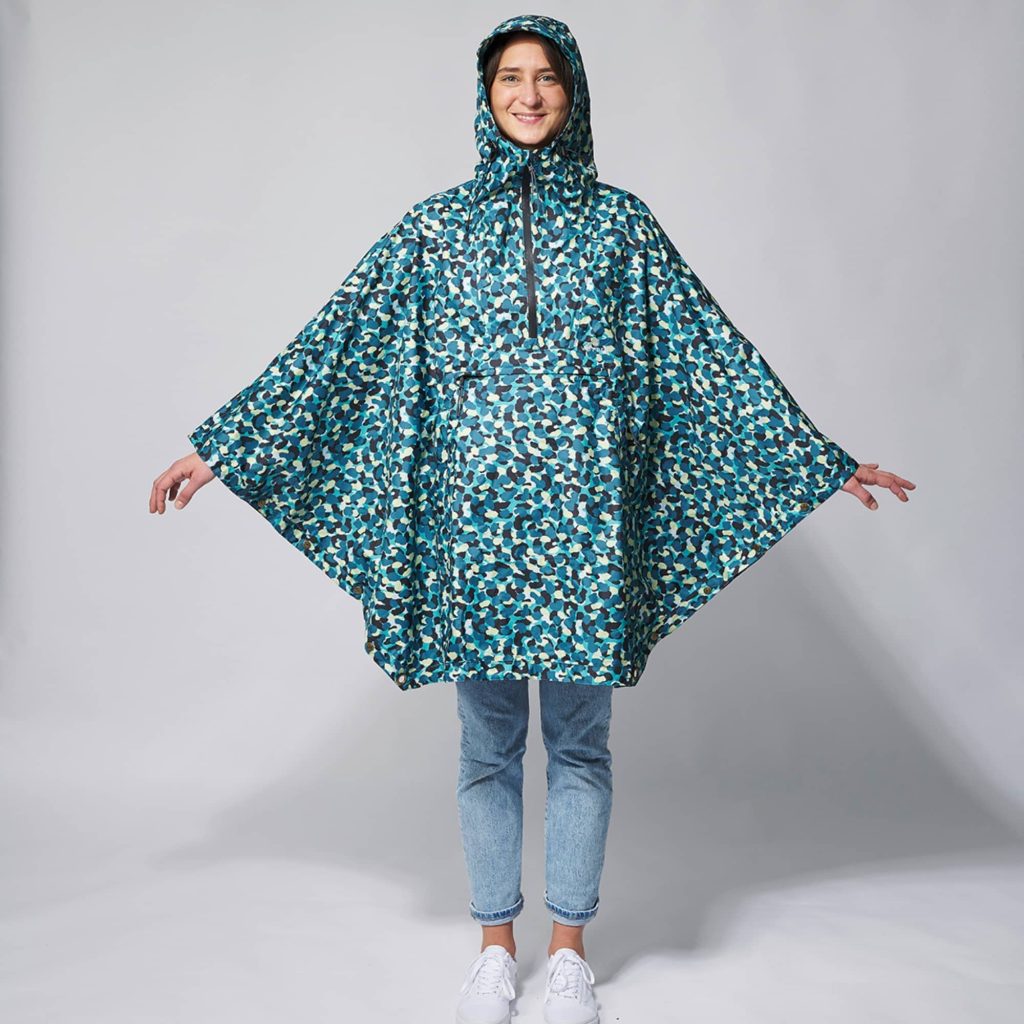
Materials & Features to Consider
- Waterproof Rating: Look for ponchos with a high waterproof rating (e.g., 5,000mm to 20,000mm hydrostatic head) to ensure they can withstand heavy rainfall.
- Breathable Materials: Gore-Tex or similar breathable fabrics allow vapor to escape, reducing condensation and increasing comfort during activity.
- Seam Sealing: Well-sealed seams prevent water ingress, ensuring the poncho remains fully waterproof.
- Adjustable Features: Drawstrings around the hood and hem can be tightened to keep wind and rain out, enhancing overall protection.
- Pockets & Zippers: Some advanced ponchos feature pockets for storage and zippers for ventilation or easy access, adding convenience without sacrificing functionality.
Conclusion
A waterproof poncho is no longer just a practical solution for wet weather; it’s a statement piece that can elevate your outfit while keeping you dry. With so many designs, materials, and features available, choosing the right poncho involves understanding your needs, considering your personal style, and investing in quality that lasts. So, the next time the skies open up, embrace the rain with confidence, knowing you’ve got the perfect poncho to stay dry in style.
